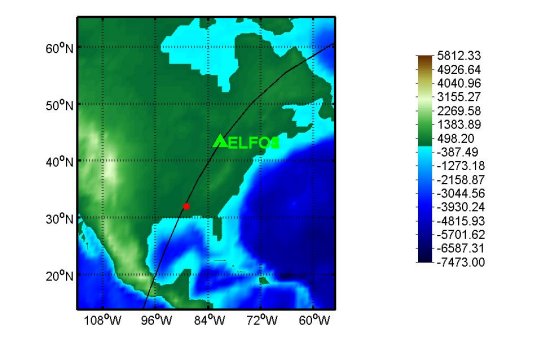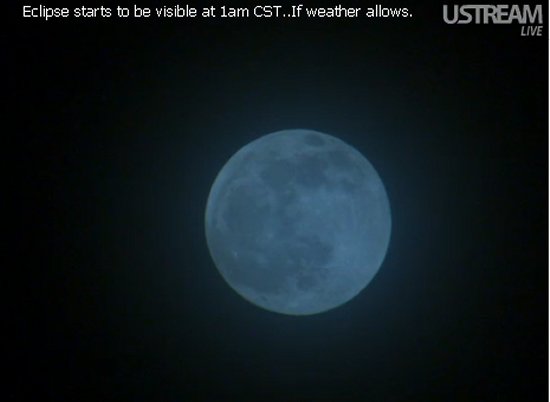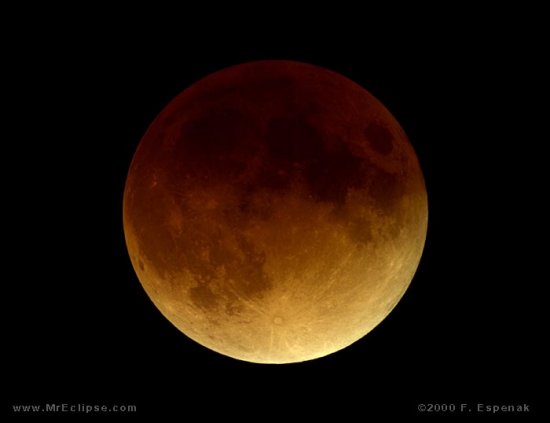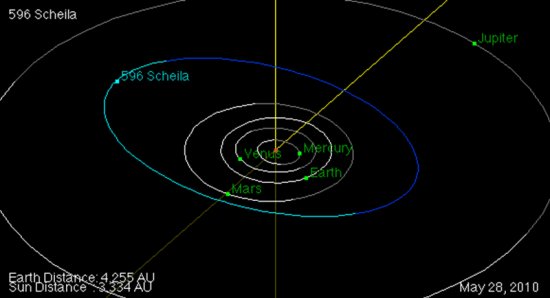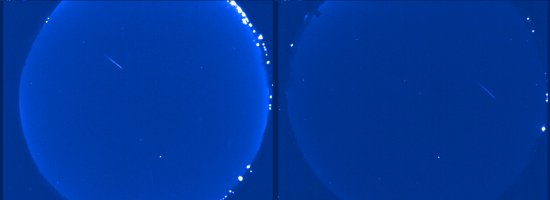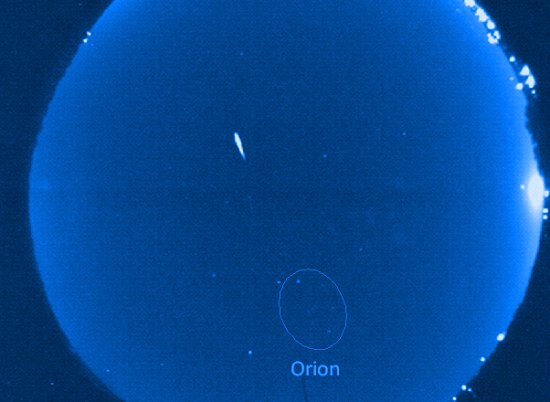Editor’s Note: A rare snowstorm isn’t the only interesting thing that happened across the South this past week. On the night of Tuesday, Jan. 11, an extremely bright fireball meteor streaked over Jackson, Miss., and was visible across several southern states. NASA astronomer Bill Cooke of the Meteoroid Environment Office at Marshall Space Flight Center …
Bright Fireball Flames in Southern Skies
